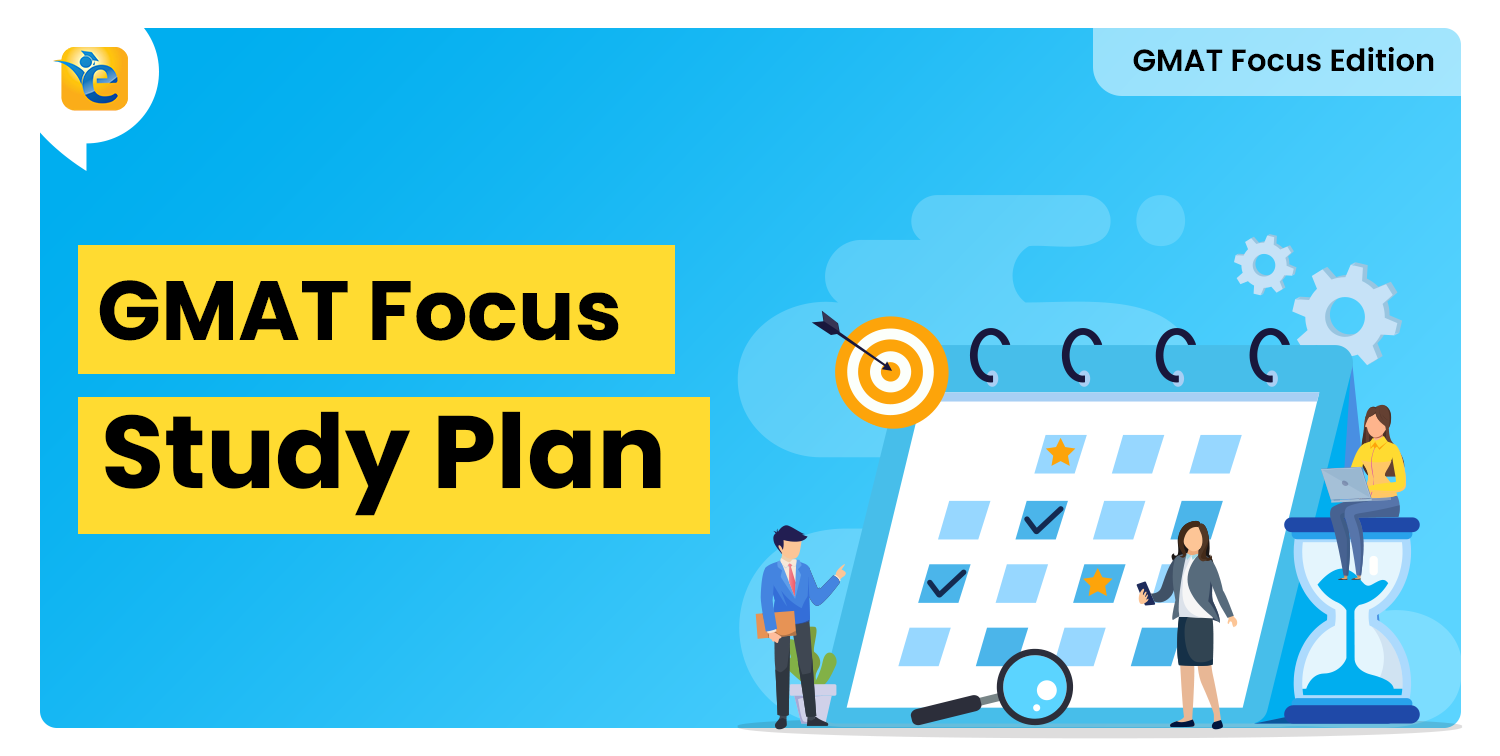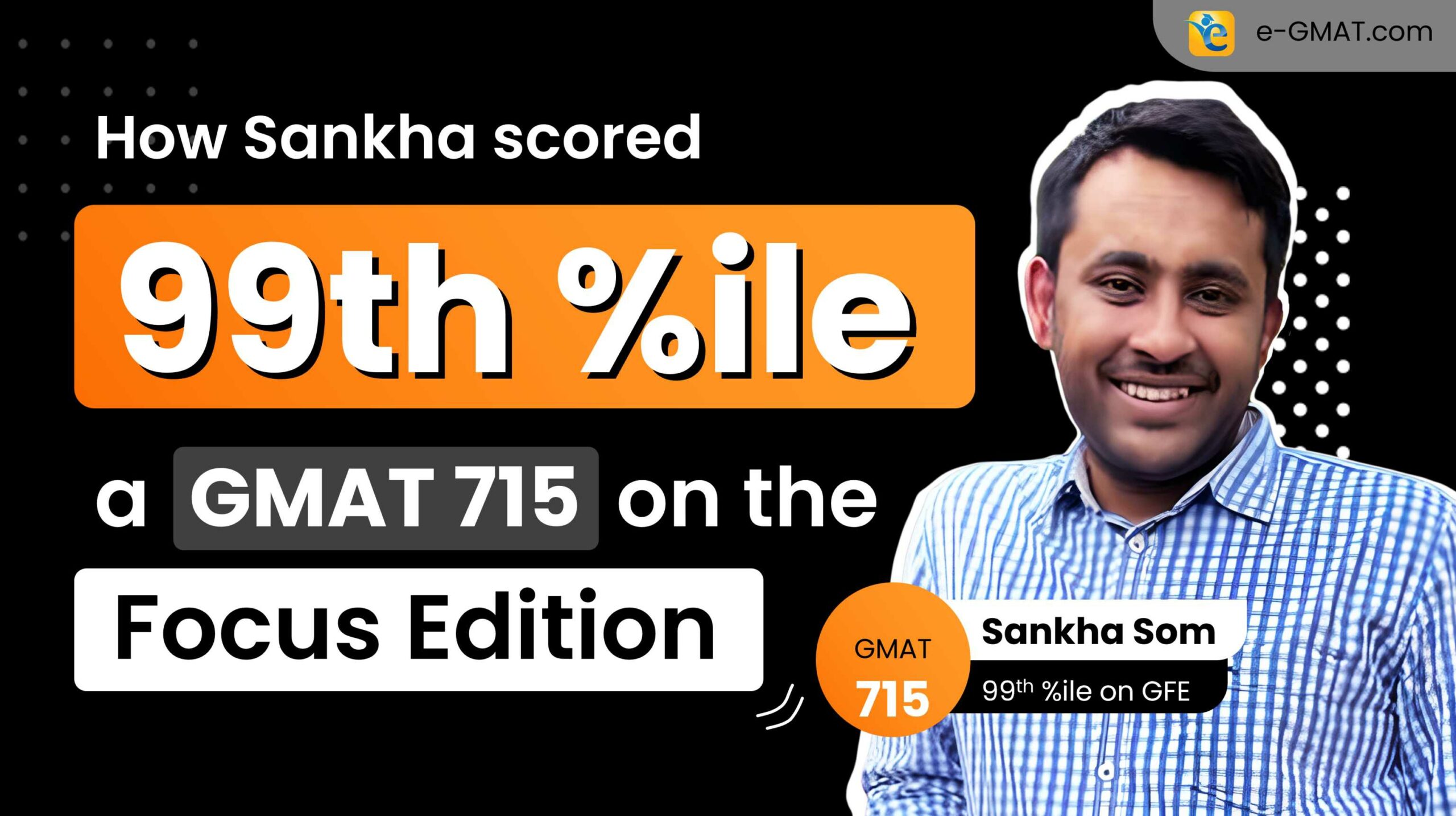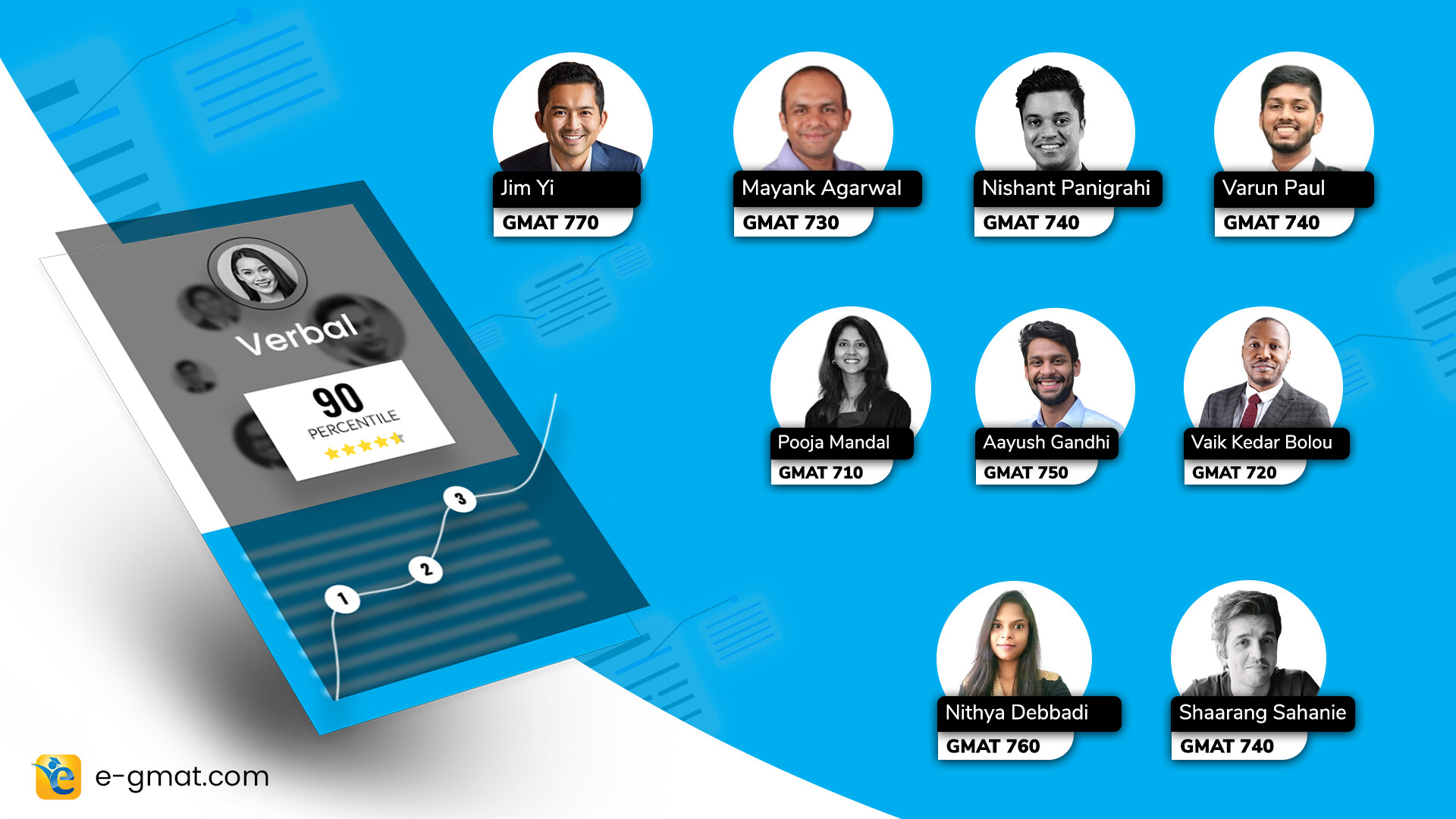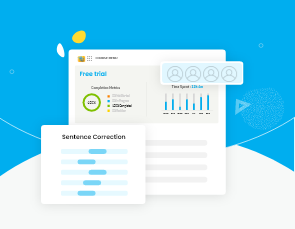Introduction: Why Foster MBA Essays Are Different
The University of Washington Foster School of Business has emerged as a formidable force in MBA education, consistently climbing prestigious rankings while maintaining its distinctive Pacific Northwest character. But here’s what many applicants don’t realize: Foster’s essay requirements have evolved far beyond traditional “Why MBA?” prompts.
Foster’s mission-driven approach—”TOGETHER – WE FOSTER LEADERS, WE FOSTER INSIGHTS, WE FOSTER PROGRESS – TO BETTER HUMANITY”—isn’t just marketing language. It permeates every aspect of the admissions process, and your essays must demonstrate authentic alignment with these values.
The stakes are higher than ever. Foster’s proximity to industry giants like Amazon and Microsoft has positioned it among the top schools for technology sector placement, making admission increasingly competitive. This guide will decode Foster’s 2025-2026 essay requirements and provide strategic positioning advice to help you craft essays that resonate with the admissions committee.

⭐Strengthen Your Foster MBA Application with a Competitive GMAT Score
With Foster’s average GMAT of 700 and increasing competition, don’t leave your test prep to chance. Get started with our comprehensive free GMAT preparation package including 15+ hours of expert video lessons, 400 practice questions, and a full-length adaptive mock test.
Understanding Foster’s 2025-2026 Essay Requirements
Foster’s essay structure reveals the school’s priorities through its careful balance of required and optional components. Let’s break down what each prompt truly evaluates and how you can excel.
Required Essay 1: Your Post-MBA Career Vision (750 words)

The Prompt: “Tell us your ideas about what lies ahead in your career. What are the gaps or deficiencies currently preventing you from pursuing these potential career paths? How do you plan to use your time in the Foster MBA program to fill these gaps and advance your career?”
What Foster Really Wants:
- Strategic Vision: Can you think beyond immediate post-MBA roles to envision long-term impact?
- Self-Awareness: Do you honestly acknowledge current limitations while showing growth mindset?
- Foster Fit: Can you demonstrate deep knowledge of Foster’s specific offerings?
Strategic Approach:
- Start with Impact: Begin with your long-term vision for positive change
- Be Honest About Gaps: Acknowledge specific skill or knowledge deficiencies
- Connect to Foster: Reference specific courses, professors, or programs that address your needs
⭐ Example in Action: Instead of: “I want to transition from engineering to product management” Try: “My vision is to lead product teams that create AI solutions for educational equity. Currently, I lack formal business strategy training and cross-functional leadership experience. Foster’s Applied Strategy Projects and collaborative culture will help me develop these capabilities while contributing my technical expertise to classmates’ learning.”
Required Essay 2: Foster’s Mission Connection (500 words)

The Prompt: “TOGETHER – WE FOSTER LEADERS, WE FOSTER INSIGHTS, WE FOSTER PROGRESS – TO BETTER HUMANITY. Please select one part of our mission statement and describe how it resonates with you.”
Mission Component Breakdown:
| Key Phrase | Focus Areas |
| ⚙️ “TOGETHER” | Collaborative leadership and community building |
| ⭐ “WE FOSTER LEADERS” | Leadership development and ethical decision-making |
| ℹ️ “WE FOSTER INSIGHTS” | Knowledge creation and analytical thinking |
| ↗️ “WE FOSTER PROGRESS” | Driving positive change in business and society |
| ✅ “TO BETTER HUMANITY” | Social impact and responsibility |
⭐ Strategic Choice Framework: Choose the component that best showcases your unique strengths while providing concrete evidence of your commitment. Don’t pick what seems most impressive—pick what’s most authentic to your experience.
Optional Essays: When and How to Use Them

- Additional Information (500 words): Only use if you have information that materially affects evaluation—academic performance issues, employment gaps, or significant personal circumstances.
- Nurturing Our Community (500 words): Focus on concrete examples of promoting inclusion. This supports diversity scholarship applications and demonstrates cultural fit.
Quick Reference: Essay Research Checklist
Before writing, complete these Foster-specific research tasks:
| Research Category | Key Action Items |
| ✅ Academic Programs | Review specific courses relevant to your goals Identify 2-3 professors whose research aligns with your interests Understand the quarter system’s flexibility advantages |
| ⚡ Experiential Learning | Applied Strategy Projects with real companies International perspective requirements MBA Core Case Competition format |
| ⚙️ Community and Culture | Attend virtual information sessions Connect with current students on LinkedIn Read recent Foster news and achievements |
| ↗️ Career Outcomes | Research employment statistics in your target industry Identify Foster alumni in companies you’re targeting Understand Seattle’s business ecosystem advantages |
How to Make Your Essays Stand Out
Creating a cohesive narrative across all essays is crucial for admission success. Think of your essays as chapters in a compelling story about your potential leadership impact.
Building Your Narrative Foundation
Core Message Development: Identify 2-3 key themes that should appear throughout your application:
- Your leadership philosophy (collaborative? innovative? ethical?)
- Your passion area (technology? social impact? international business?)
- Your unique value proposition (technical expertise + business acumen? cross-cultural perspective? industry specialization?)
Progressive Story Building:
- Essay 1: Establishes professional trajectory and Foster fit
- Essay 2: Reveals character, values, and authentic motivations
- Optional Essays: Address specific concerns or add supporting evidence
Three Profile Deep Dives: Key Success Strategy

Here are three strategic positioning approaches that led to admission success:
Profile 1: The Tech Innovator
- Background: Engineering + 5 years data science leadership
- Strategic Positioning: Technical expertise + international business experience
- Essay Focus: “WE FOSTER PROGRESS” through AI innovation in education
⭐ Key Success Strategy: Should demonstrate business impact of technical work while showing cultural adaptability through international experience. Need to address business acumen concerns by highlighting strategic decision-making examples.
Profile 2: The Social Impact Leader
- Background: Social enterprise founder/CEO + MBE honor
- Strategic Positioning: Proven social impact + business scaling challenges
- Essay Focus: “TO BETTER HUMANITY” with concrete enterprise examples
⭐ Key Success Strategy: Leveraged royal honor as unique differentiator while highlighting business complexity of social enterprise management and data-driven impact measurement.
Profile 3: The Career Changer
- Background: Physician transitioning to healthcare investing
- Strategic Positioning: Medical expertise + unique investment perspective
- Essay Focus: “WE FOSTER INSIGHTS” bridging medicine and business
⭐ Key Success Strategy: Highlighted quantitative aspects of medical practice while demonstrating serious preparation for career transition through relevant coursework and networking.
Universal Success Principles
All successful applicants demonstrated:
- Unique Intersections: Positioned themselves at the intersection of different fields
- Authentic Alignment: Showed genuine connection to Foster’s mission through concrete examples
- Proactive Preparation: Addressed potential concerns while highlighting transferable skills
- Growth Mindset: Illustrated continuous learning rather than static accomplishments
- Community Impact: Connected personal success to positive impact on others
Your Step-by-Step Essay Writing Timeline
Weeks 1-2: Research and Reflection
- Complete Foster research checklist
- Conduct informational interviews with current students
- Identify your core narrative themes
↗️Planning Your GMAT Alongside Essay Prep?
While you’re creating your application timeline, get a personalized GMAT study plan that fits your schedule. Our free tool creates a customized roadmap based on your current score, Foster’s 700 average target, and your available study time.
Weeks 3-4: First Drafts
- Write career goals essay focusing on Foster-specific connections
- Draft mission statement essay with concrete examples
- Outline optional essays if needed
Weeks 5-6: Refinement and Feedback
- Revise for Foster cultural alignment
- Get feedback from Foster alumni or admissions consultants
- Ensure narrative consistency across essays
Weeks 7-8: Final Polish
- Proofread for clarity and impact
- Verify all Foster-specific details are accurate
- Submit with confidence
Your Next Steps to Foster Success
Key Success Factors Recap
- Demonstrate Collaborative Leadership: Show evidence of teamwork and community contribution
- Align with Foster’s Mission: Provide concrete examples of positive impact, not generic statements
- Show Strategic Self-Awareness: Acknowledge growth areas while demonstrating confidence
- Research Foster Deeply: Demonstrate specific understanding through meaningful engagement
- Create Cohesive Narratives: Make each essay add new dimensions to your story
Foster Differentiators to Highlight
- Location Advantage: Seattle’s tech ecosystem and international business connections
- Collaborative Culture: Emphasis on community contribution over individual achievement
- Mission-Driven Approach: Commitment to positive societal impact
- Academic Flexibility: Quarter system allowing broader course exploration
- Applied Learning: Real company partnerships and international requirements
Ready to Begin?
Start your Foster application journey by:
- Connecting with the community: Reach out to current students and alumni
- Attending information sessions: Engage with admissions events and class visits
- Reflecting on your story: Identify how your unique experiences align with Foster’s mission
- Beginning your research: Use the checklist above to gather Foster-specific insights
Your investment in crafting compelling, authentic essays will serve you not just in admissions, but throughout your MBA experience and career beyond. Foster’s mission to better humanity through collaborative leadership and strategic innovation needs leaders like you—now show them why.
↗️Ready to Complete Your Foster MBA Application Strategy?
You’ve learned how to craft compelling essays that align with Foster’s mission. Now ensure your GMAT score matches your ambition. Get a personalized study plan that optimizes your preparation time and maximizes your chances of reaching Foster’s 700 average.
Join thousands of successful applicants who strengthened their MBA applications with strategic GMAT preparation.
Frequently Asked Questions about Foster MBA Essays
⚡ QUICK ANSWER: The Foster MBA application fee is $85 for the 2025-2026 admissions cycle. This fee must be submitted along with your complete application by 11:59 PM PDT on the respective round deadlines (Round 1: October 1, 2025; Round 2: January 6, 2026; Round 3: March 24, 2026).
Fee waivers are available for qualifying candidates including active military members, veterans, Peace Corps volunteers, AmeriCorps participants, and Teach for America volunteers who have served within the past five years. The application fee is non-refundable regardless of admission decision outcome.
⚡ QUICK ANSWER: Foster MBA has an acceptance rate of approximately 41.6% for recent admissions cycles, making it moderately competitive among top MBA programs. The Class of 2026 consists of 118 students selected from a highly competitive applicant pool. Foster describes itself as one of the “20 toughest programs in the nation in terms of admissions standards.”
The school uses holistic admissions, evaluating candidates comprehensively rather than relying solely on test scores or GPA. International students comprise 46% of the class, with 59% of U.S. students identifying as students of color and 29% having military backgrounds. For more details, check out the
⚡ QUICK ANSWER: The average GMAT score for Foster’s Class of 2026 is 700, with the program accepting both GMAT Classic and GMAT Focus Edition. For GRE takers, average scores are 159 Verbal and 160 Quantitative (approximately 319 combined).
However, Foster offers a test-optional pathway for 2025-2026 admissions, accepting a Test Optional Summary of Qualifications instead of standardized test scores. Candidates must demonstrate quantitative readiness through strong academic records, STEM degrees, professional certifications (CPA, CFA), or analytical work experience. While test-optional, Foster still encourages score submission for scholarship consideration and future career opportunities where employers may request scores.
⚡ QUICK ANSWER: The Foster Full-Time MBA is a traditional 2-year program operating on a quarter system with fall admission only. The program spans eight quarters across two academic years, offering greater curriculum flexibility compared to semester systems.
Students complete core courses interspersed throughout both years, along with experiential learning opportunities, international study options, and Applied Strategy Projects with real companies. The quarter system allows students to take a broader variety of courses and customize their learning experience. Summer internships occur between first and second years, providing practical business experience before graduation.
⚡ QUICK ANSWER: Foster holds strong positions across major 2025 rankings:
• #22 in U.S. News & World Report Best Business Schools
• #24 in Bloomberg Businessweek 2024-2025 US rankings
• #25 in Fortune’s Best MBA Programs
• #34 in Financial Times Global MBA 2025 rankings
The Part-Time MBA ranks #17 nationally. Foster particularly excels in technology sector placement, with 44% of graduates entering tech – the highest percentage among MBA programs. The school’s Seattle location provides unique advantages through proximity to Amazon, Microsoft, and the broader Pacific Northwest tech ecosystem. These consistent top-25 rankings reflect Foster’s strength in career outcomes, innovative curriculum, and industry connections.
⚡ QUICK ANSWER: Foster is renowned for having the highest technology sector placement rate among MBA programs at 44%, driven by Seattle’s proximity to Amazon, Microsoft, Starbucks, and other major corporations. The school excels in experiential learning through Applied Strategy Projects, international study opportunities, and strong industry partnerships.
Foster operates on a unique quarter system providing academic flexibility unavailable at semester-based programs. The program emphasizes collaborative culture and mission-driven leadership, with 99% job placement within 3 months of graduation. Foster’s small class sizes (118 students) enable personalized attention and strong peer relationships. The school also offers test-optional admissions for 2025, reflecting commitment to holistic candidate evaluation.
⚡ QUICK ANSWER: Foster admission is moderately competitive with a 41.6% acceptance rate, positioning it as significantly more selective than most MBA programs but less competitive than M7 schools. The program is described as one of the “20 toughest in the nation” for admissions standards.
Key competitive factors include average GMAT of 700, GPA of 3.4, and 6 years of work experience. However, Foster uses holistic admissions, evaluating leadership potential, cultural fit, and contribution to diversity alongside academic metrics. The test-optional pathway for 2025-2026 provides additional access for qualified candidates. Strong essays demonstrating authentic alignment with Foster’s collaborative culture and mission-driven values are crucial for admission success.
⚡ QUICK ANSWER: Foster’s official reapplication policy allows candidates to reapply in subsequent years if not admitted, though specific limitations aren’t publicly detailed. The school accepts applications through three annual rounds (October, January, March), but candidates may only submit one application per academic year.
For reapplicants, components like GMAT/GRE scores, transcripts, and recommendation letters can often be reused if still valid (test scores valid for 5 years). Foster encourages reapplicants to strengthen their profiles through additional leadership experience, career advancement, or community involvement. Consulting Foster’s admissions team directly provides the most current guidance on reapplication procedures and strategies for improvement.
⚡ QUICK ANSWER: The Foster Full-Time MBA Class of 2026 consists of 118 students, representing a carefully selected cohort from a competitive applicant pool. This small class size enables personalized attention, strong peer relationships, and intimate learning experiences with average core class sizes of 96 students.
The student body is diverse: 32% women, 46% international students from 25+ countries, 59% students of color (among U.S. citizens), and 29% military veterans. The compact class fosters Foster’s collaborative culture where students form lifelong professional networks. Small cohorts also provide better access to faculty, career services, and leadership opportunities within student organizations and clubs.
⚡ QUICK ANSWER: Foster MBA graduates earn an average starting salary of $151,116 with strong industry variation. Technology leads at approximately $155,000+, reflecting Foster’s 44% tech placement rate and Seattle’s competitive market. Consulting positions command premium salaries above $160,000, while other sectors range from $120,000-$150,000.
Total compensation packages often exceed $180,000 including signing bonuses, relocation assistance, and equity. About 80% of graduates remain in Washington state, benefiting from Seattle’s high-tech economy. The median starting salary is approximately $155,000, indicating strong overall compensation outcomes. Career services report 99% job placement within 3 months of graduation, demonstrating Foster’s effectiveness in launching successful careers.















